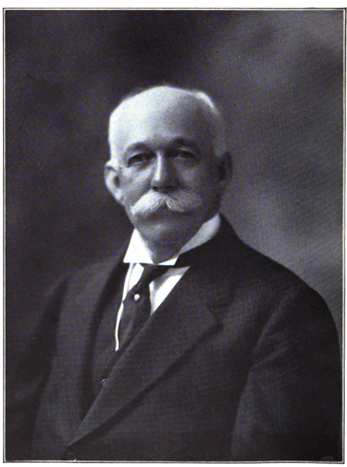HUNTINGTON HOME
- Program
- Subject
- Location
- Lat/Long
- Grant Recipient
-
NYS Historic
-
House, People, Transportation
- 62 Chestnut St, Oneonta, NY 13820, USA
- 42.453876, -75.064329
-
Greater Oneonta Historical Society
HUNTINGTON HOME
Inscription
HUNTINGTON HOMEHENRY E. HUNTINGTON
RAILROAD EXECUTIVE DONATED
HOME AND LAND TO CITY FOR
LIBRARY AND PARK IN 1917.
LIBRARY OPENED JULY 1920.
WILLIAM G. POMEROY FOUNDATION 2024
In 1850, Henry E. Huntington was born in Oneonta in Otsego County, New York, the son of Solon and Harriet (Saunders) Huntington. Working as a wholesale hardware merchant, Huntington relocated to New York City as a young man. He eventually joined in business with his uncle, Collis P. Huntington, a successful railroad magnate credited with developing major interstate lines, including the Southern Pacific Railroad and the Chesapeake & Ohio Railway. Huntington worked with his uncle acquiring and developing railroads across the country, including completing the Chesapeake & Ohio. In 1892, he moved to California where he became an executive for the Southern Pacific Railroad.
Over his career, Huntington acquired a vast estate. He spent the remainder of his career investing in electric railways, developing the Pacific Electric, an interurban railway in southern California. In addition to railroads, Huntington invested greatly in real estate, organizing the Huntington Land and Improvement Company.
Around 1910, his interests shifted to his library and art collection, which was housed on his 500-acre San Marino, California estate. After moving to California, he would still spend time in New York, making visits to the Huntington family residence in Oneonta. In 1917, he donated the Huntington Home in Oneonta to the city for use as a public library and park in his parents’ honor. The Huntington Memorial Library in Oneonta opened in July 1920. Huntington died in 1927. Upon his death, his vast library and art collection located at his San Marino estate were given to the public, and would become the Huntington Library, Art Museum, and Botanical Gardens. He is interred in a mausoleum on the property.

